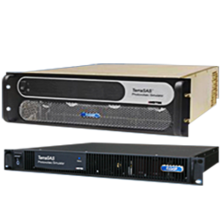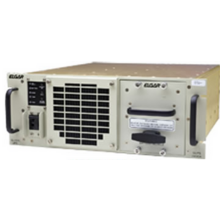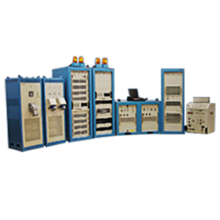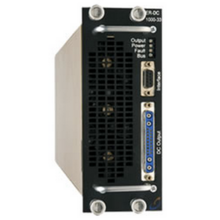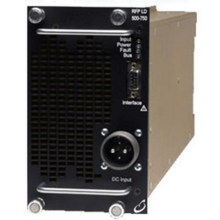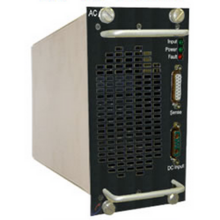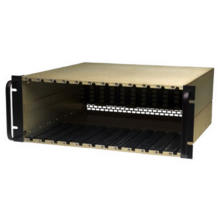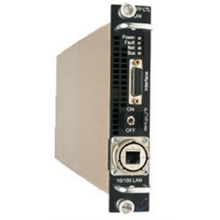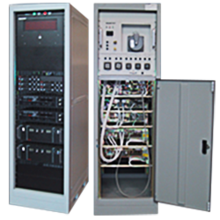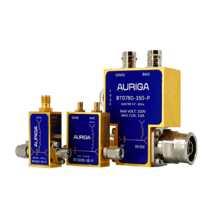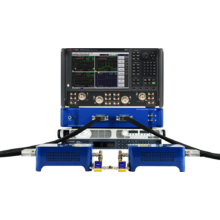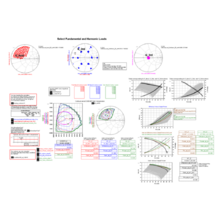Products
Displaying 73 - 84 of 808
Low output capacitance
High bandwidth up to 30kHz
High resolution I-V curve simulates static and dynamic conditions
Ruggedized
Wide (Global) Input
On-Line Battery Back-Up
Transient (Spike) Suppression
Surge Suppression
Integrated subsystem test
SAS, BSS, Umbilical systems
AC Input isolation
Near Linear Power Supply
Modular
≥0.95 PFC
Digital control loop technology
High Power Density (3.5 watts/cubic inch)
High Voltage (500V) Input
Digital control loop technology
Two models: 375W & 750W
Up to 750W/500V
High Power Density (2 VA/cubic inch)
Single or multi-phase output
Parallel operation
4.8 Crest factor
Digital control loop technology
Modular
Control up to 95 assets
Control multiple AC and DC power supplies and loads in one mainframe
Create “virtual assets”
10/100 base-T Ethernet connectivity
Digital control loop technology
IVI compliant drivers
Web browser control
Spin mode is a dynamic mode intended to provide a simulation of a spinning satellite.
Enhanced Eclipse mode is a dynamic mode that allows the user to easily program and initiate an eclipse event with total control over all of the V-I curve parameters and dwell times.
Bias tees with a perfect balance of RF performance and DC power handling
Auriga’s Bias Tees balance impressive RF performance with heavy-duty power handling across multiple frequency bands ranging from 100 MHz to 67 GHz. They are designed for rigorous usage without sacrificing RF performance. Only the highest-quality materials are used to minimize signal loss and enable efficient heat removal.
Introducing Auriga’s 5th generation pulsed IV/RF characterization system delivers unparalleled performance, capturing measurements with incredible speed and accuracy. Pulsed IV (current-voltage) measurements have emerged as the preferred method of capturing current-voltage characteristics of active devices such as field effect (FETs) and bipolar junction (BJTs) transistors. With the growing popularity of higher-power devices, like GaN HEMTs, LDMOS, SiC, and graphene, current and voltage requirements are constantly being pushed higher and higher.
Non-linear measurement data is often used to create a behavioral model for high frequency components. Formulations of these models have been defined in terms of traveling waves, with a desire to represent nonlinear behavior of high frequency transistors through a direct extension from linear s-parameters.
